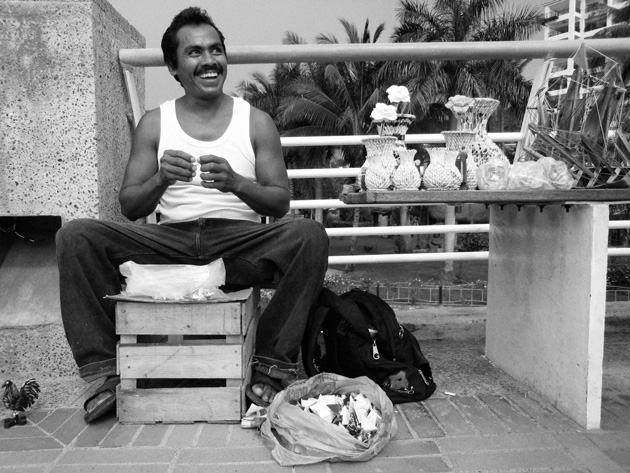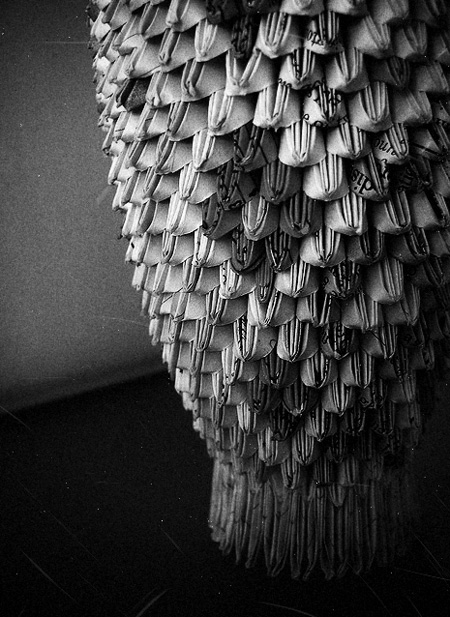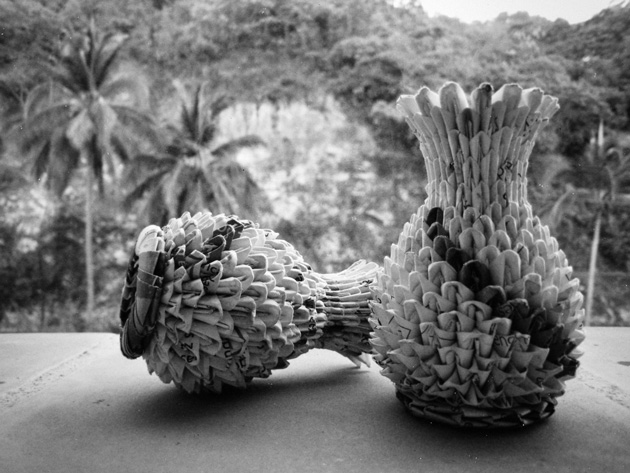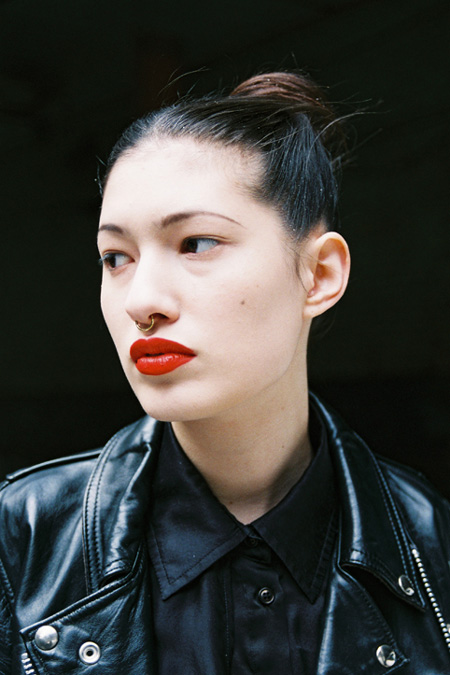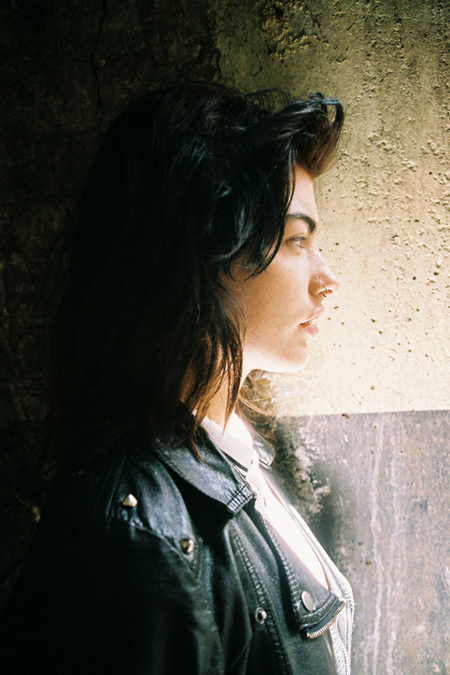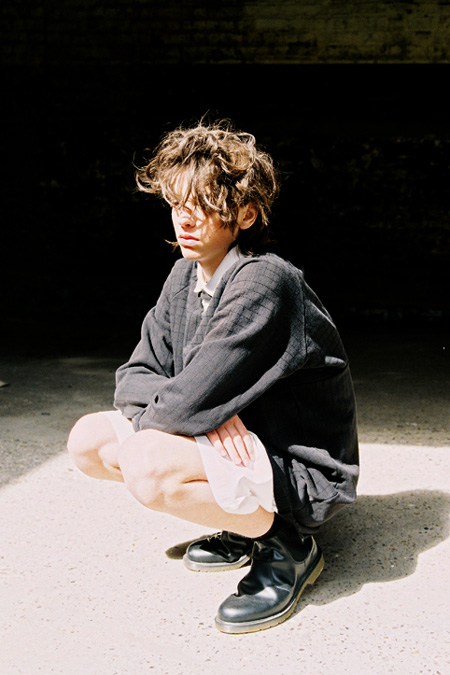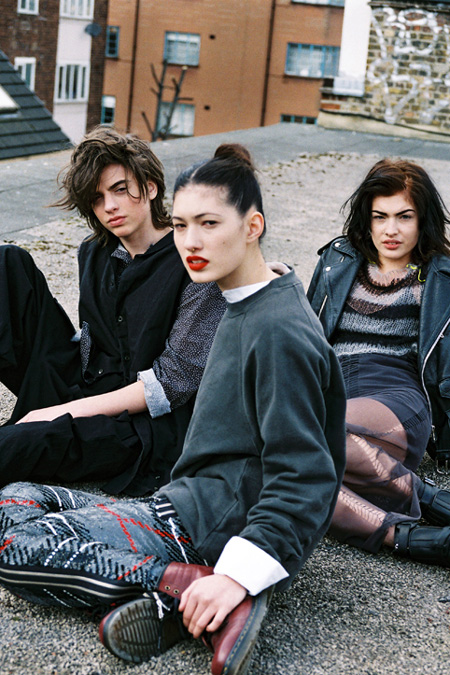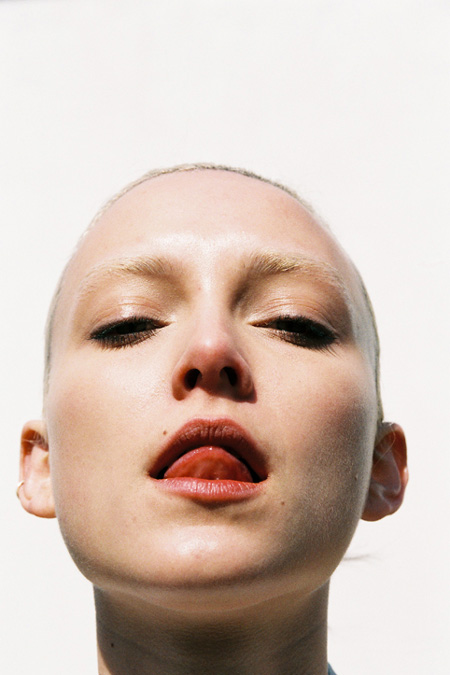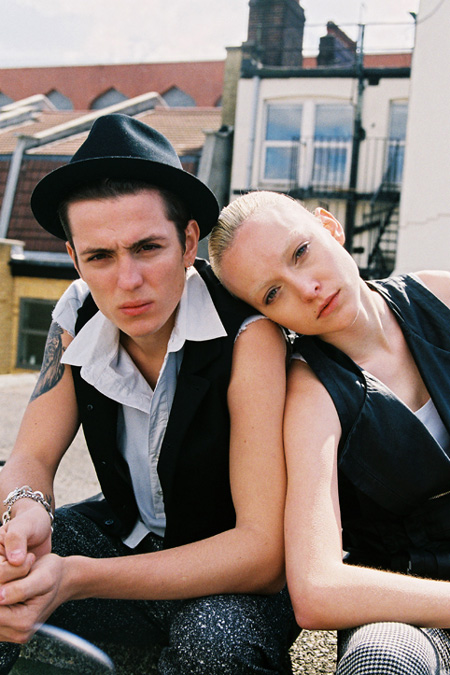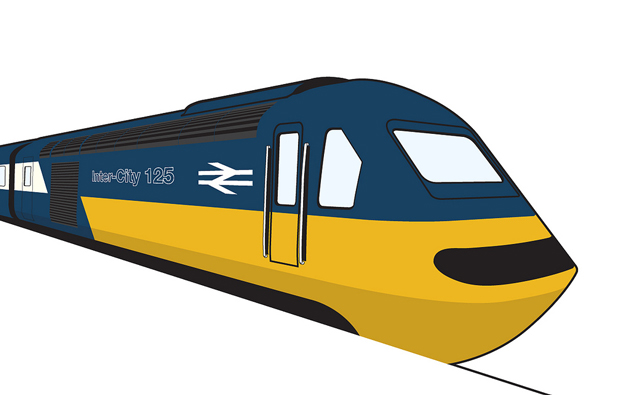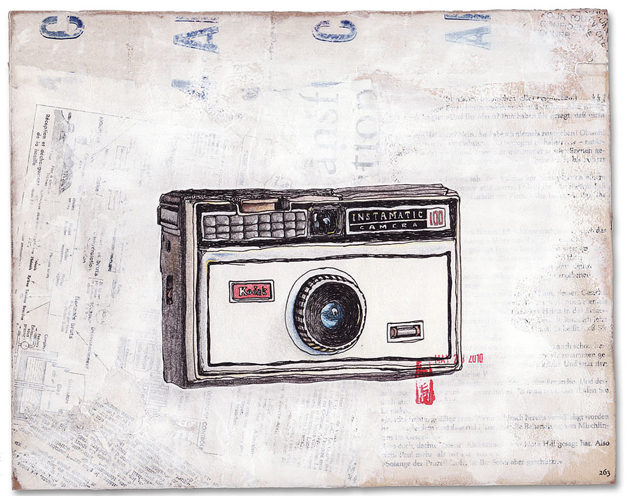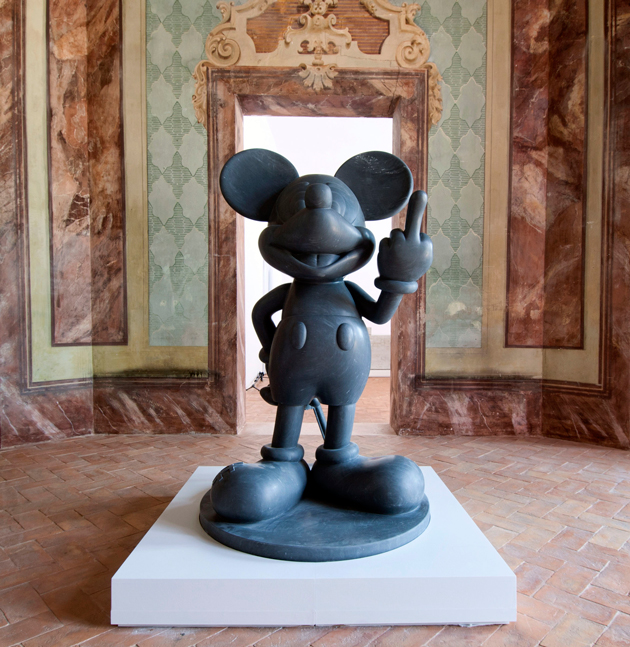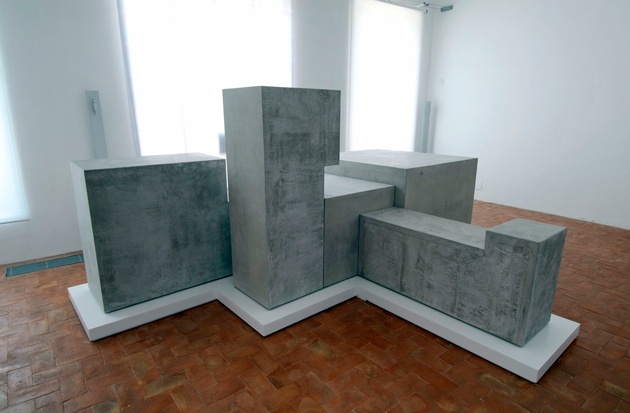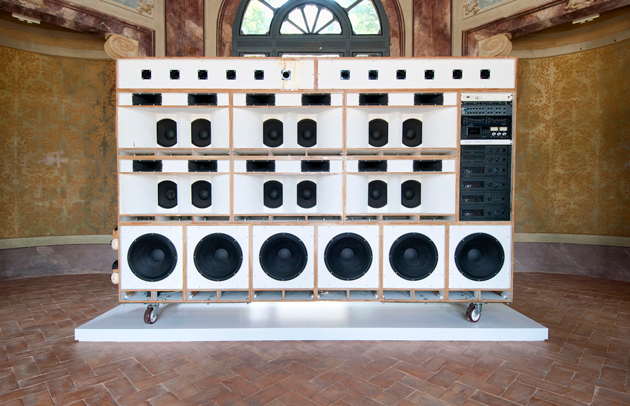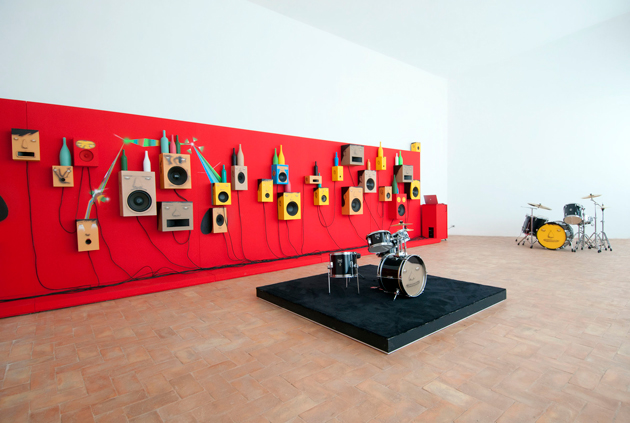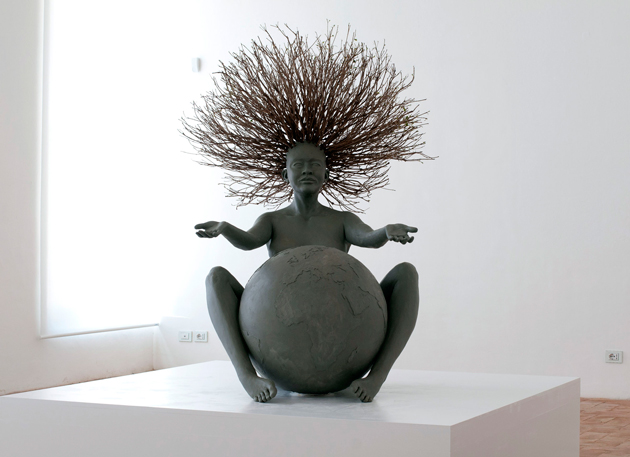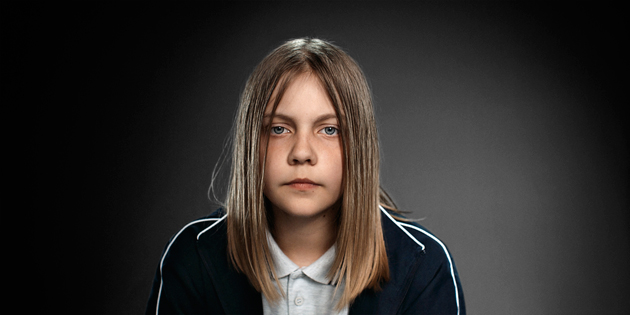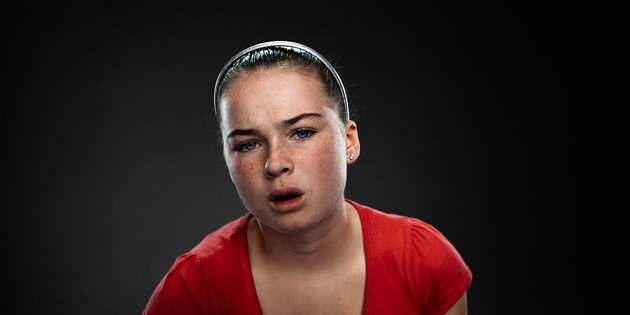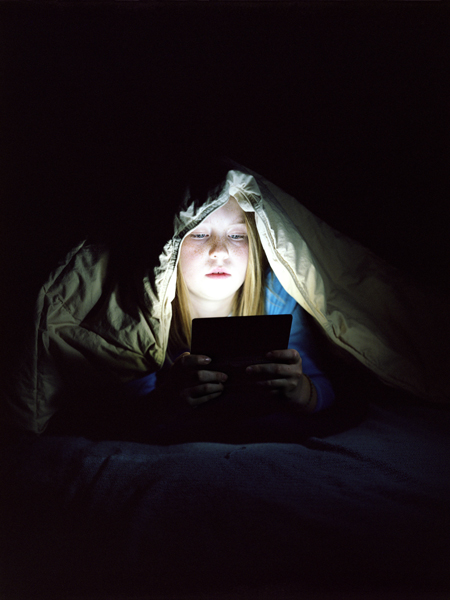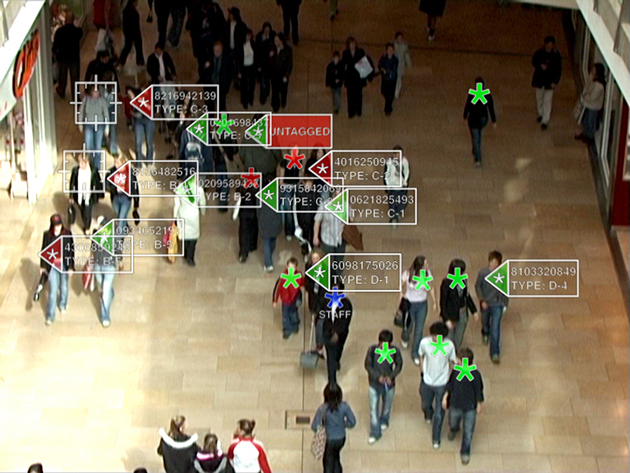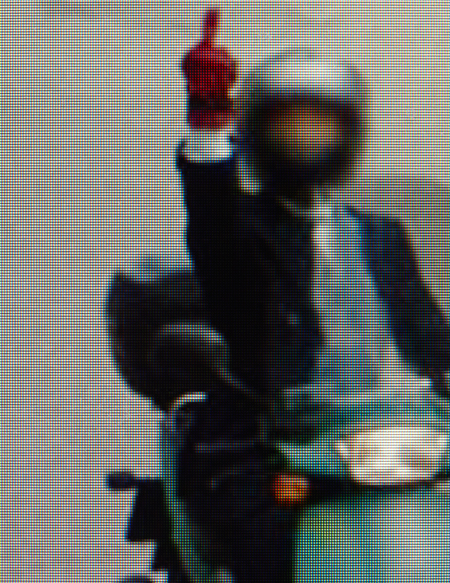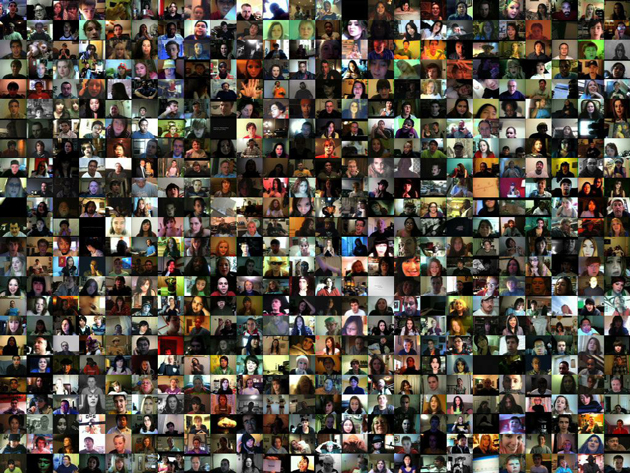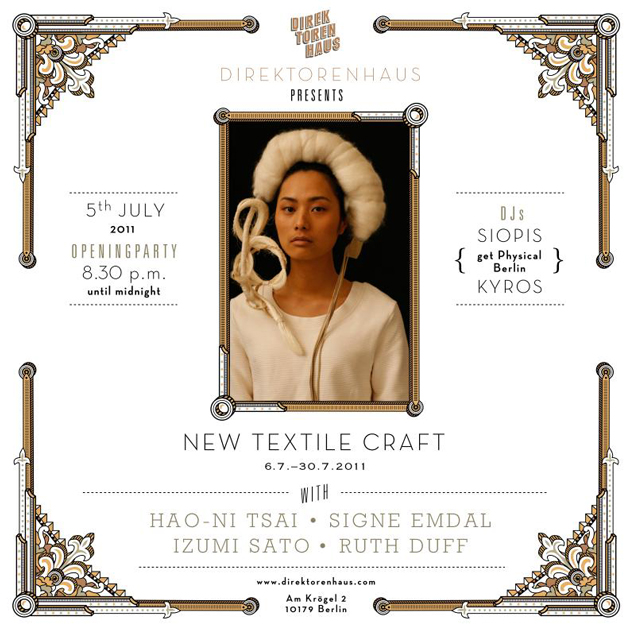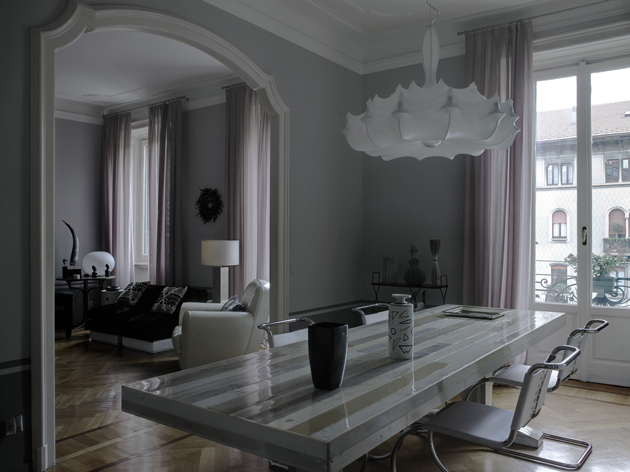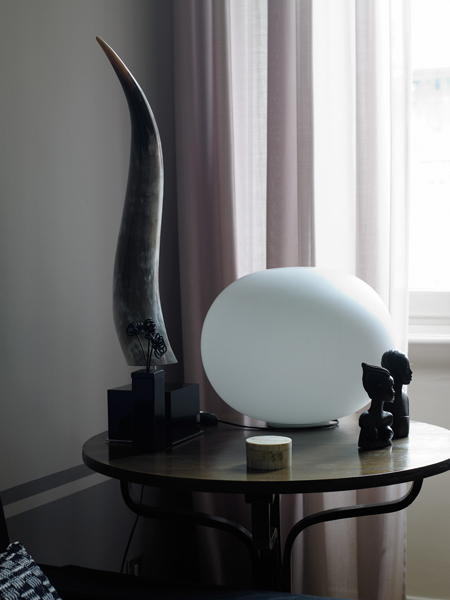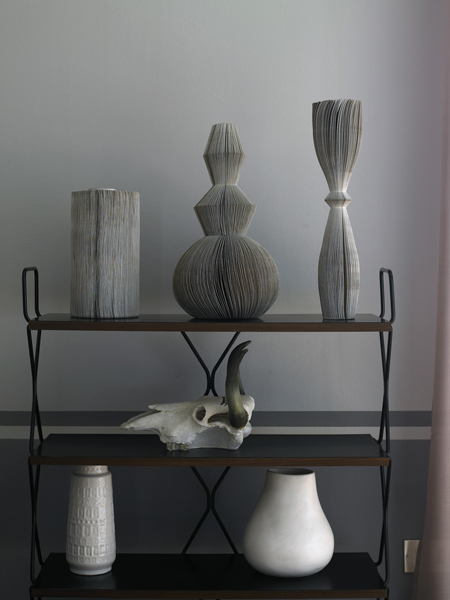Hello, Carolina Melis!
Dancer, illustrator, animator and most recently film maker, the latest talent to join the 2DM family sure has her fingers in many pies. Having worked for labels such as Hermes and Prada Carolina Melis is ridding one high wave. A wave she dose´nt seem to be getting off any time soon. With a recently released film “Le fiamme di Nule” and a wide array of animated works for the BBC this multitalented Sardinian native leaves us gasping for more.
Hands | NSPCC | Saatchi&Saatchi | Nexus Productions from Carolina Melis on Vimeo.
Based out of London, Carolina´s art has a distinct warm style that makes one go all warm and gooey on the inside. Featuring elements of and nature and dance like repetition her art has a mesmerizing, melodic almost poetic drama to it. Her warmth and cheers scorches through her work and we gladly share her cheers welcoming her to the fold.

You come from a dance background, how did you make the transition into art direction illustration and animator. Tell us about your beginnings in the field?
I moved to the UK to study choreography, but I never wanted to become a dancer, I was mainly interested in composition and directing rather than the technique. I studied at the Dartington College of Arts – a place that in the past had hosted some great artists such as composer Stravinsky, dance-theatre funder Kurt Jooss and sculptor Henry Moore to mention a few. There I started to think about choreography beyond the physical dance performance, creating animations and illustrations which I saw almost as dances on screen and paper.
Later this became my main field. I moved to London and graduated at Central Saint Martins where I specialised in illustration, art direction and animation. At the moment my work is much more commercial and mainstream than my early stuff, yet weather on paper, on stage or on screen I still think about my compositions as potential dance scores.
Your art has an almost poetic, melodic feel. How much does dance influence your art?
I’m a dance fanatic. Living in London I have the privilege to see great shows all the time and attend classes with the best professionals. I get hugely inspired by this. In my work I use lots of repetitions and variations and in my animations I rarely use cuts. I think that comes from dance, I see movements and images evolving and transforming all the time, a constant flow. I also have a great passion for nature and I exploit motives such as flowers, insects, animals, yet I consider my work to be more dramatic than romantic.
What is your creative process like? How does a beautiful Carolina Melis piece go from concept to reality?
YI often start from a simple motif: a combination of colours, a shape, a song, a story. I am a firm believer in the creative process, meaning that ideas generate ideas. It is very difficult to plan a final piece before even starting on it. My best work is often unplanned, I start with a simple element and then develop it until it becomes a piece of work – an animation an illustration or whatever fits right. Commercially it’s a different process..


What is the most personal project you’ve done so far?
It would probably be the video I did ¨Coleen on Leaf¨. It was my first video and I was questioning my taste and approach to art a lot at that point. I was listening to a lot of electronic music at that time, and for the first time I had to give that kind of music a visual. I spent ages on it, a very ambitious project as it’s full of tiny dots that move individually. It’s had been a while since I did it but it´s still is one of my favourite pieces.
What is your relationship with fashion? How would you describe your style and how much does your art influence it?
My style is quite simple and feminine. I wear mainly black and pastel colours, which are also my favorite combinations in work.
I often collaborate with fashion labels. At the moment I’m directing an animated piece for Prada in collaboration with AnOther Magazine. It’s for a new fragrance they are about to launch…it´s a fantastic project as it’s about dance, unfortunately I can’t say any more as it’s not out yet.
I also have an ongoing collaboration with french fashion label Sessun. For them I create original window art pieces for their 5 stores in France. Every piece is inspired by the collection of the moment and it’s entirely crafted. The first one I did was an installation of hundreds of butterflies all made of found little elements, such as beds, feathers, small pieces of wood. Beside these jobs I’ve also done quite a few editorials for fashion magazines, designed textiles etc.


You’ve worked with some big labels in the past. What do you think is the label that most shares your aesthetic?
I am in love Balenciaga, it’s quirky, feminine yet super modern. Prada is always great, I always like their concepts and moods. I also really like the colours and textiles in Kenzo, I like what Antonio Marras is doing for the label and I feel very close to it it terms of style.
You have your roots in Sardinia, and and now live in the UK. Do you think the Mediterranean flavor is imbedded in your art? How much is British and how much is simply Carolina coming through?
The British have the great ability in mixing styles, combining vintage with the new, borrowing traditions from other cultures etc.. I love being in the UK as it is creatively a very daring country yet at times I get frustrated that everything is so ephemeral, fashion and trends here appear and disappear very quickly. For this reasons I often like to refer to my stronger italian roots, the traditional motives and and the more classic devices.
You have a strong footing in many spheres: illustration, art direction, animation and dance. I get the feeling that you are always working on a ton of projects at once. How do you manage your time and which one is your first love?
Unfortunately that’s really true, I always work on far too many projects and at a time and it can become very complicated, but I have a number of very precious helpers that support me in most things I do. I love the balance of the the different projects and I think that’s what keeps me alive.
I see myself as a bit like a ‘concept store’, I use very different mediums but the philosophy behind it all is always coherent. Also I see many artist that concentrate on a very niche genre and after a while they struggle to stay relevant.

9. Are there any illustrators/animators, past or present, whose work you really admire?
I really like the art of Paolo Ventura, particularly the series ‘Winter Sories’ and the illustrations of Olaf Hajek.
In terms of animation, Fantasia has been the most influential piece for me. I still believe that Deems Taylor’s introduction in Fantasia is the best way to explain the relationship between music and image. Further to this I think that Oskar Fischinger animation in the film’s first segment, the Toccata and Fugue, is still so incredibly contemporary, something I wouldn’t be surprised to see as a back projection in a trendy summer festival like Sonar.
Tell us about your work for “Le fiamme di Nule.” Is there a bigger film making role in your future?
‘Le fiamme di Nule’ is a short film combining live action and animation. After a visit to the village Nule in Sardinia I got very fascinated by their traditional ways of making textiles and I decided to write a story inspired by that place and their designs. There was something quite cinematographic in that scenario, an atmosphere that you rarely find in London. It’s a story of three weavers from taking part in a tapestry competition, the competition really happen but I told it with a very personal way. I wanted to portrait the context of a rural village with a stylish and nostalgic approach, so there is a strong sense of art direction and design in the film.
Since the film I got commissioned to design some tapestries myself by the, the rugs where made but the artisans from Nule, it feel amazing.. I almost feel like I’m becoming part of my own film!
I would love to make a feature or a series, it has been in my mind for years. Last year I started working on some long formats with Warp X, everything is still in progress and to be honest I’m not rushing it.
Internet Warrior | Oh No Ono | Leaf from Carolina Melis on Vimeo.
Interview and Introduction – Daniel Franklin /




